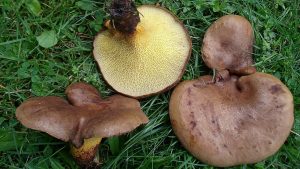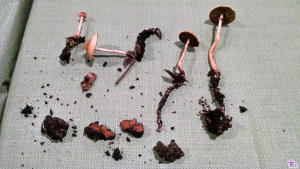#218: Neolentinus lepideus, The Train Wrecker
Neolentinus lepideus is a very tough whitish agaric with lots of scales that appears on dead conifer wood. Its gills have a serrated margin, a characteristic shared with pretty much every species that has “lentin” in its genus name. In the United States N. lepideus is called the “Train Wrecker” because it often appears on railroad ties. In most other parts of the world, the mushroom is simply called the “Scaly Lentinus.”

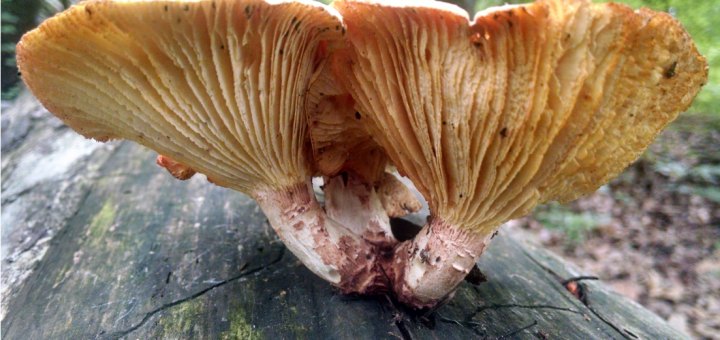
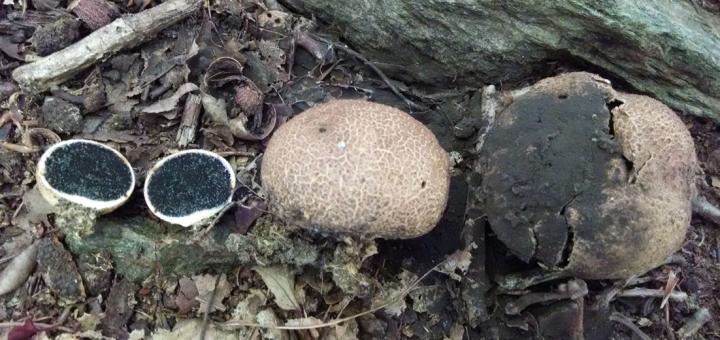
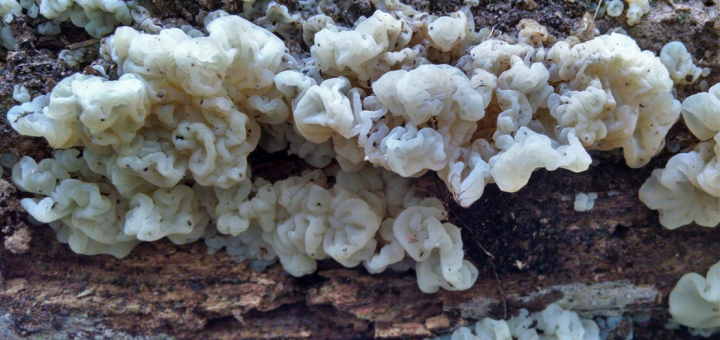
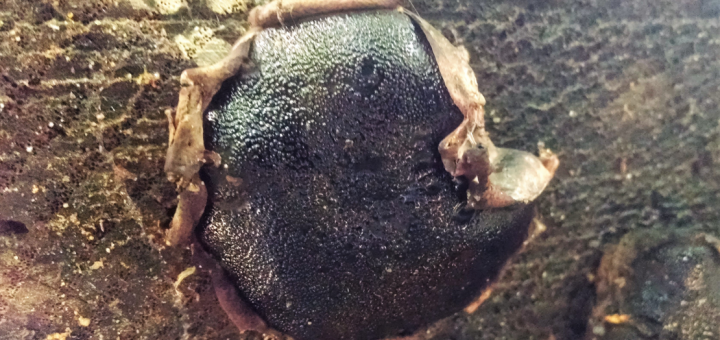
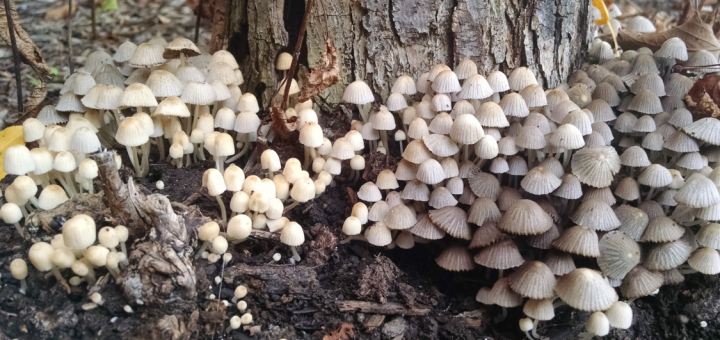
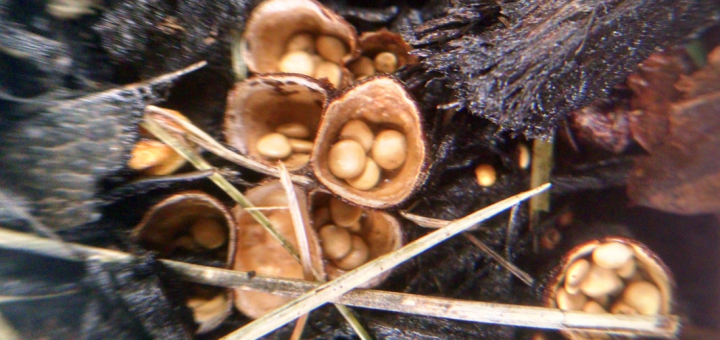
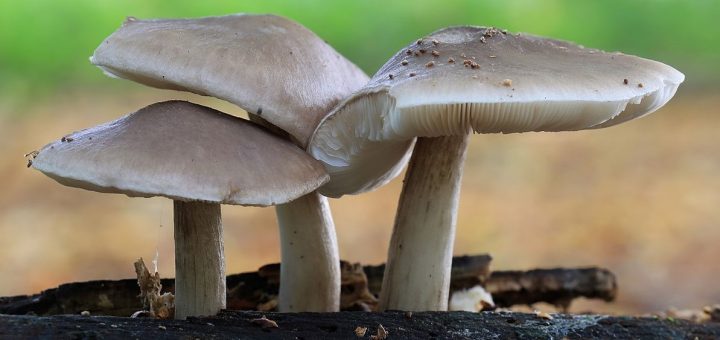
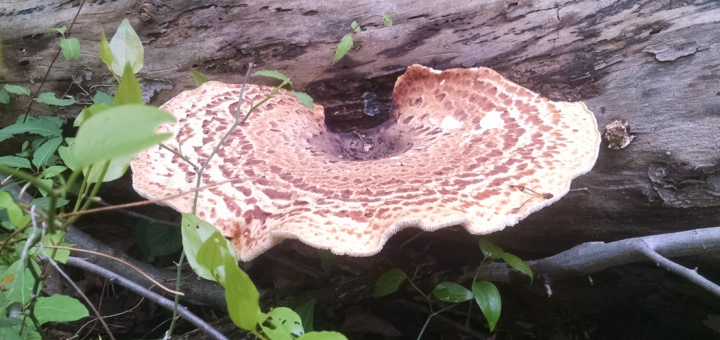
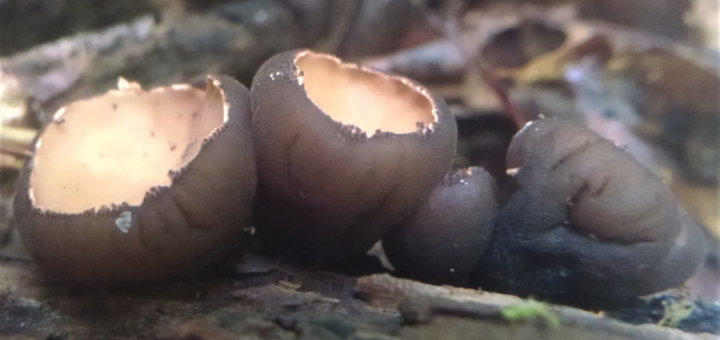
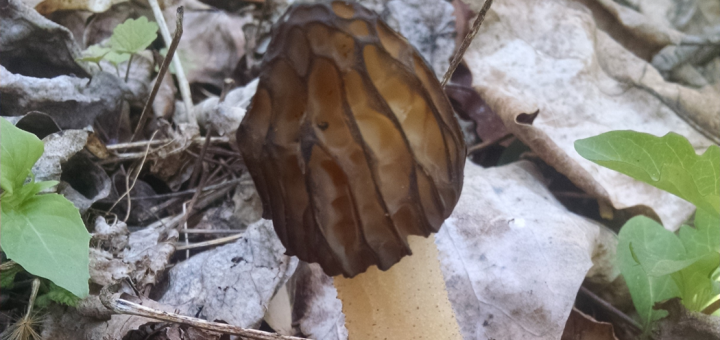





![#011: Characteristics of Kingdom Fungi [Archived]](https://www.fungusfactfriday.com/wp-content/themes/hueman/assets/front/img/thumb-small-empty.png)

